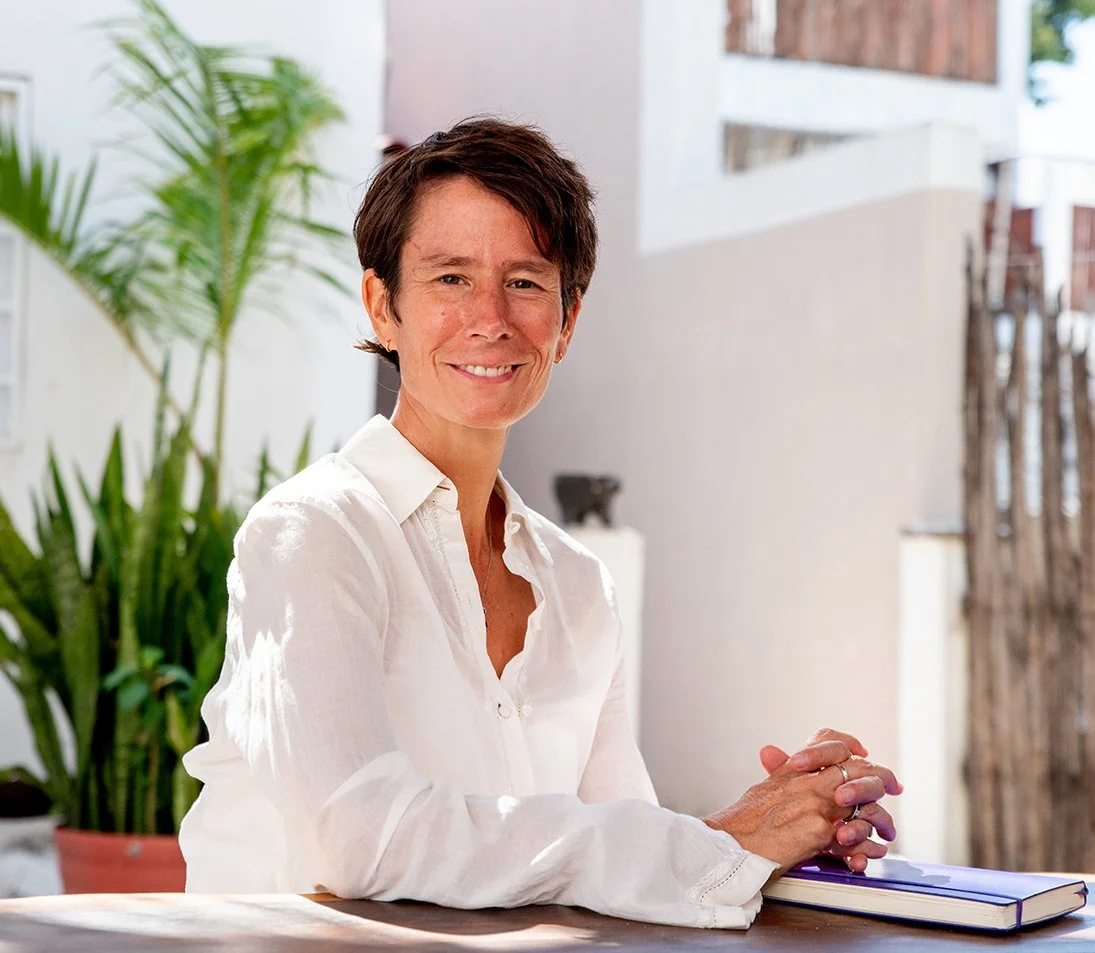Silent Illumination: Shikantaza
Photo by Johannes Plenio
Based on OMS’s study of Illumination: A Guide to the Buddhist Method of No-Method, by Rebecca Li, Zuisei traces the origins of silent illumination or shikantaza or “just sitting.” She refers to the teachings of masters Zongmi, Hongzhi, and Dogen, highlighting the interplay between stillness and clarity—the place where nothing is missing or excluded. Finding that place of not-wanting, Zuisei points out, is the essence of liberation: freedom from suffering.
This talk was given by Zuisei Goddard. See below for transcript.
Transcript
This transcript is based on Zuisei's talk notes and may differ slightly from the final talk.
Illumination: Study Session I
We are beginning our study of Illumination: A Guide to the Buddhist Method of No-Method, by Rebecca Li. Last time I did a brief intro of Chan, the Chinese School of what we know as Zen Buddhism, outlining the movement of Buddhism from India to China, where it then spread to Japan and Korea, Vietnam, and eventually, the West. I think it’s worthwhile to highlight a fact that Rebecca mentions in her book, and that is that in China, Chan and Pure Land Buddhism coexisted in Buddhist monasteries. It wasn’t until Chan traveled to Japan that distinctively Zen monasteries and temples were established. And the reason this is relevant is because you’ll see traces of Pure Land teachings in the koans and in the teaching of the Chinese and even some Japanese masters, who considered the recitation of the nembutsu a valid and effective path to enlightenment.
Think of the Zen teachers today who are also psychotherapists, or who belong to other religious traditions and might synthesize some of their Buddhist teaching with these other disciplines—not claiming them as vehicles to enlightenment, necessarily, but as complements to traditional Zen practice. Even closer is the example of teachers who teach in both the Zen and Theravada traditions, or Zen and Vajrayana. If the synthesis is done well, it can enrich the path of practice and realization. If it’s not done well, it can be very confusing for the student, so it’s important to do it well, and carefully.
Now, the teaching of silent illumination began to take shape in China around the ninth century. One teacher, Guifeng Zongmi (圭峰宗密)—who himself studied in both the Huayan (Flower Garland) and Chan schools—spoke of the mind as being intrinsically enlightened. He was trying to reconcile these two apparent disparate teachings:
1) that you have to work hard to realize yourself, to awaken
2) that you don’t have to do that since you’ve always been awakened
In fact, Zongmi spent his entire life practicing and studying from the various schools at the time to create the kind of synthesis I mentioned. He read extensively from the Tripitaka—the three baskets of Buddhist teachings—the Mahayana Sutras (particularly the Sutra of Perfect Enlightenment), and every Chan text he could get his hands on. I see him trying to understand, how does it all fit together, and how do I best present it so that those studying after me will make the best use of the Buddha’s teachings as they have come down to us and developed over time?
With the end of craving,
comes peace—perfect peace.
But again, in the Caodong school, of which we are a part, the teaching is straightforward. We do not sit to realize ourselves, we sit as the expression of our inherent liberation, our already-present buddha nature. Zongmi spoke of this quality as the mind’s “clear tranquility” or as “clear and bright, unobscured, ever-present awareness.” Fast forward some three hundred years, and Hongzhi (宏智正覺), who in turn lived about a hundred years before Dogen, begins to use the phrase “silent illumination” to describe this already awakened, clear, luminous mind.
He said: “The essence is to empty and open out body and mind, as expansive as the great emptiness of space. Naturally in the entire territory all is satisfied.” All is satisfied because nothing is missing, nothing is left out. The body, vast and empty as space, isn’t restless, does not want. And this not-wanting state, Joseph Goldstein says, is the essence of liberation. This is the state we’re practicing to embody: the place of no craving. Because craving, dukkha, as we know, is the very root of suffering. Rebecca has a nice formula to say this a bit differently:
The present moment + vexations = suffering
Vexation, although not equal to craving, runs parallel to it. Because vexed is the way we feel about those things that we don’t like: We’re annoyed, we’re angry, we’re impatient, we’re irritated. Not having what we want, or having what we don’t want, or not being able to keep what we want and have, we are irritated, disappointed, vexed. So you see here how neatly silent illumination fits in the scheme of the Buddhist teachings.
Chan says we’re already enlightened, we’re already vast as space. When we see this, naturally all is satisfied, there’s no more craving. With the end of craving, comes peace—perfect peace. But that begs the questions, how do you see you’re already vast as space, when you in your mind feel small and overcrowded?
Instructions for Silent Illumination
Hongzhi offers the quintessential instruction for the practice of silent illumination: “Stay with that just as that, stay with this just as this.” Don’t move, don’t fidget, don’t fix, don’t pull close, don’t push away. Attend, allow, accept (my words). Let through, let be, let go, in Rebecca’s teachers’ words. It sounds so simple; then why is it so difficult? How do we stay with what we can’t even see? How do we remain unmoving in the face of reality?—not disconnected, but still. Engaged but not entangled
You must completely withdraw from the invisible pounding and weaving of your ingrained ideas. If you want to be rid of this invisible [turmoil], you must just sit through it and let go of everything. (Hongzhi)
That’s the bad news, and the good news: you must sit through it. There is no other way.
When Hongzhi was 18, he went to study with a Caodong teacher named Kumu Faqeng (枯木法成). It was said that Kumu’s style of practice involved sitting so still that his body was like a block of dry wood, so his name means “Dry Wood Complete Dharma.” And Hongzhi saw this, and he realized, there is something in this stillness, there is something very powerful happening here.
I think of that koan in the miscellaneous koans:
Sitting in a room in absolute silence;
Mind source unmoved, filled like still water.
The striking of thunder opens the gate of the head’s crown.
Beginningless self nature has been awakened.
But the fact is, beginningless self nature was always awakened. The thunder just makes you see. In a mind unmoved, filled like still water, a single drop of rain would show you its nature. But you have to be still enough to see, to hear. Because in that space, as Rebecca describes, inside and outside merge. The sound of thunder, the sound of a car, the sound of a raindrop doesn’t happen outside. It doesn’t happen inside either. It simply happens, just as you happen, moment after moment after moment. Body, mind, and environment are unified.
Explore further
01 : Illumination: A Guide to the Buddhist Method of No-Method by Rebecca Li
02 : Shikantaza by Zuisei Goddard
03 : Practicing Samadhi with Zuisei Goddard
Silent Illumination, a dharma talk by Zen Buddhist teacher Zuisei Goddard on the practice of shikantaza or “silent illumination.”



